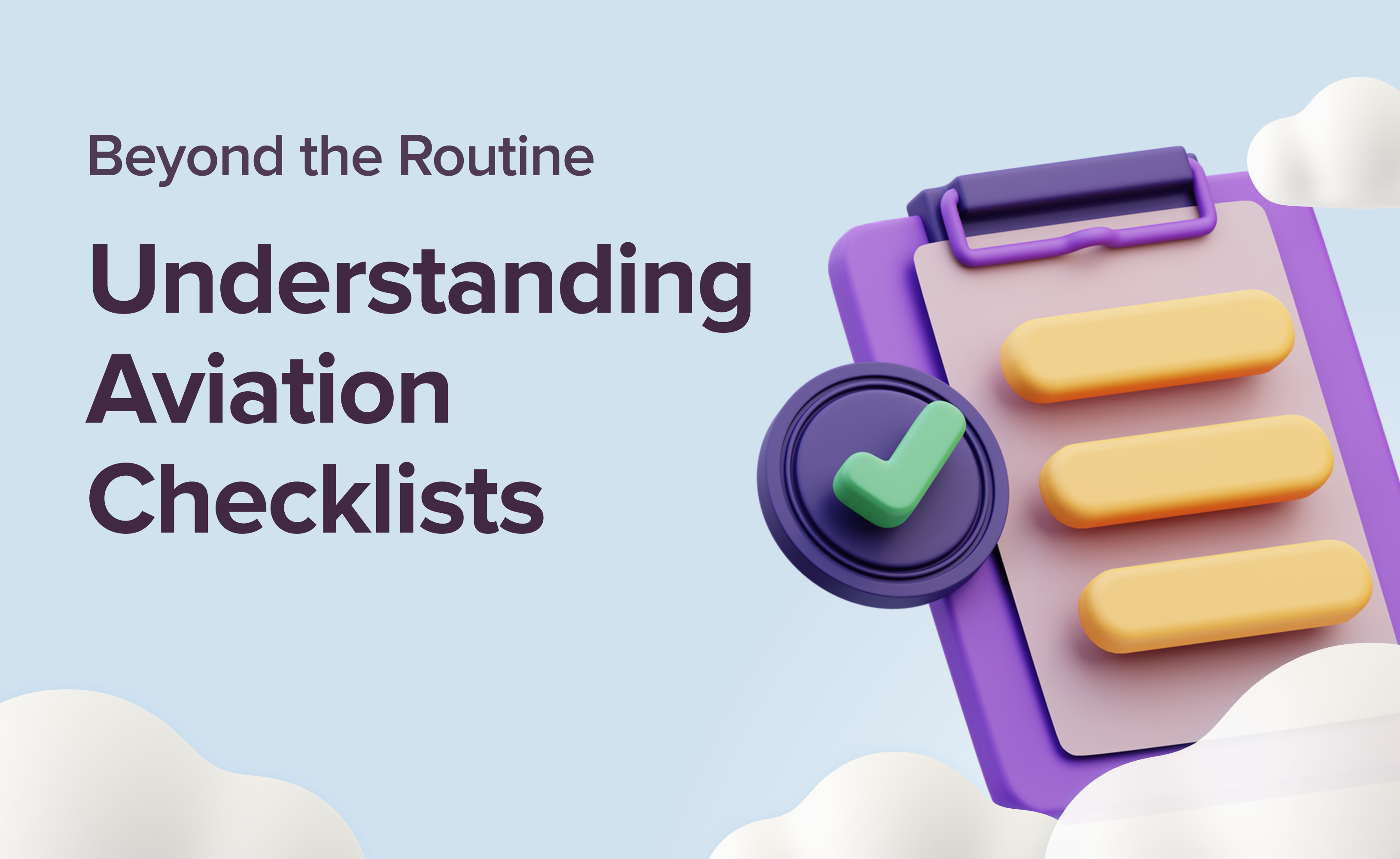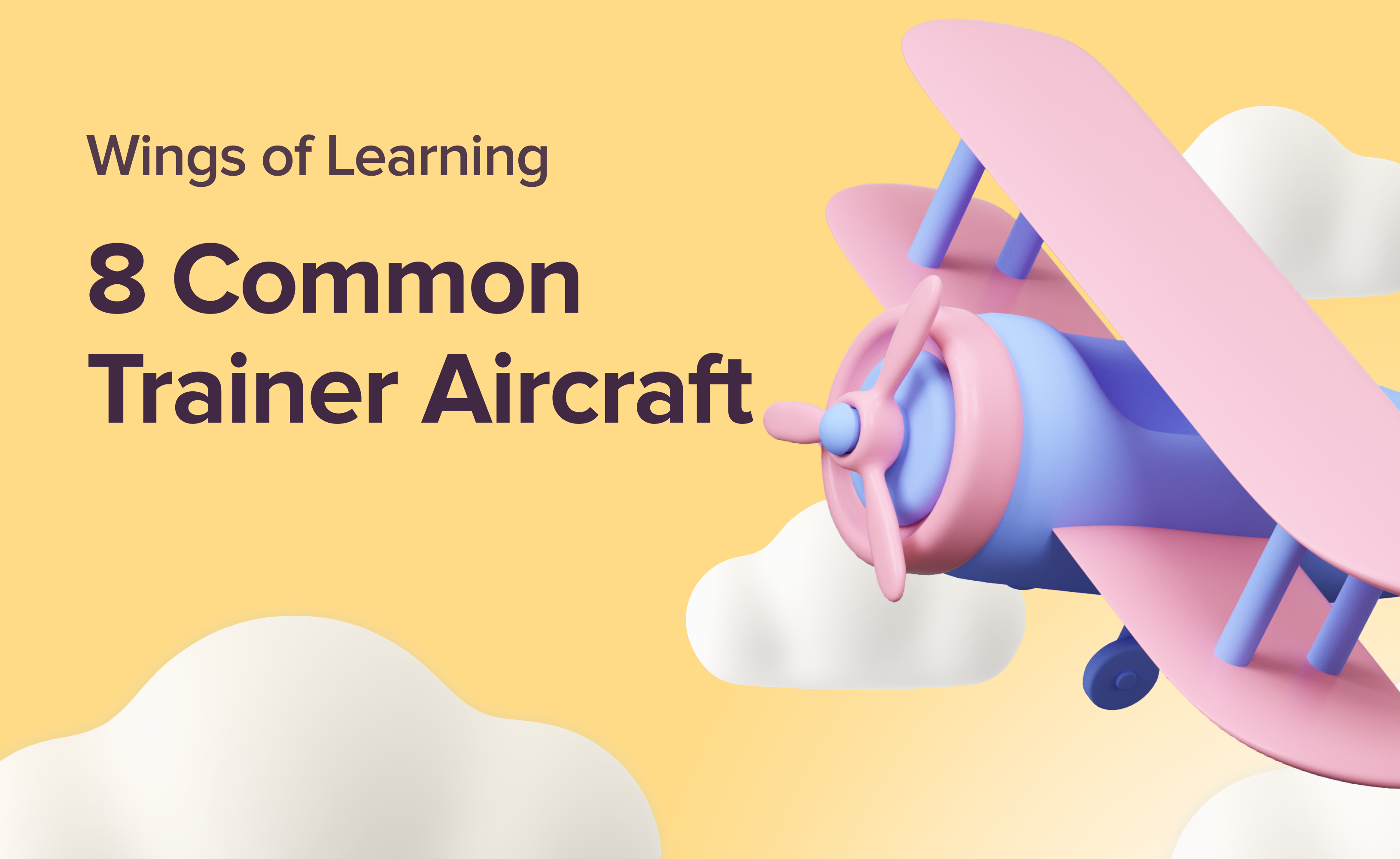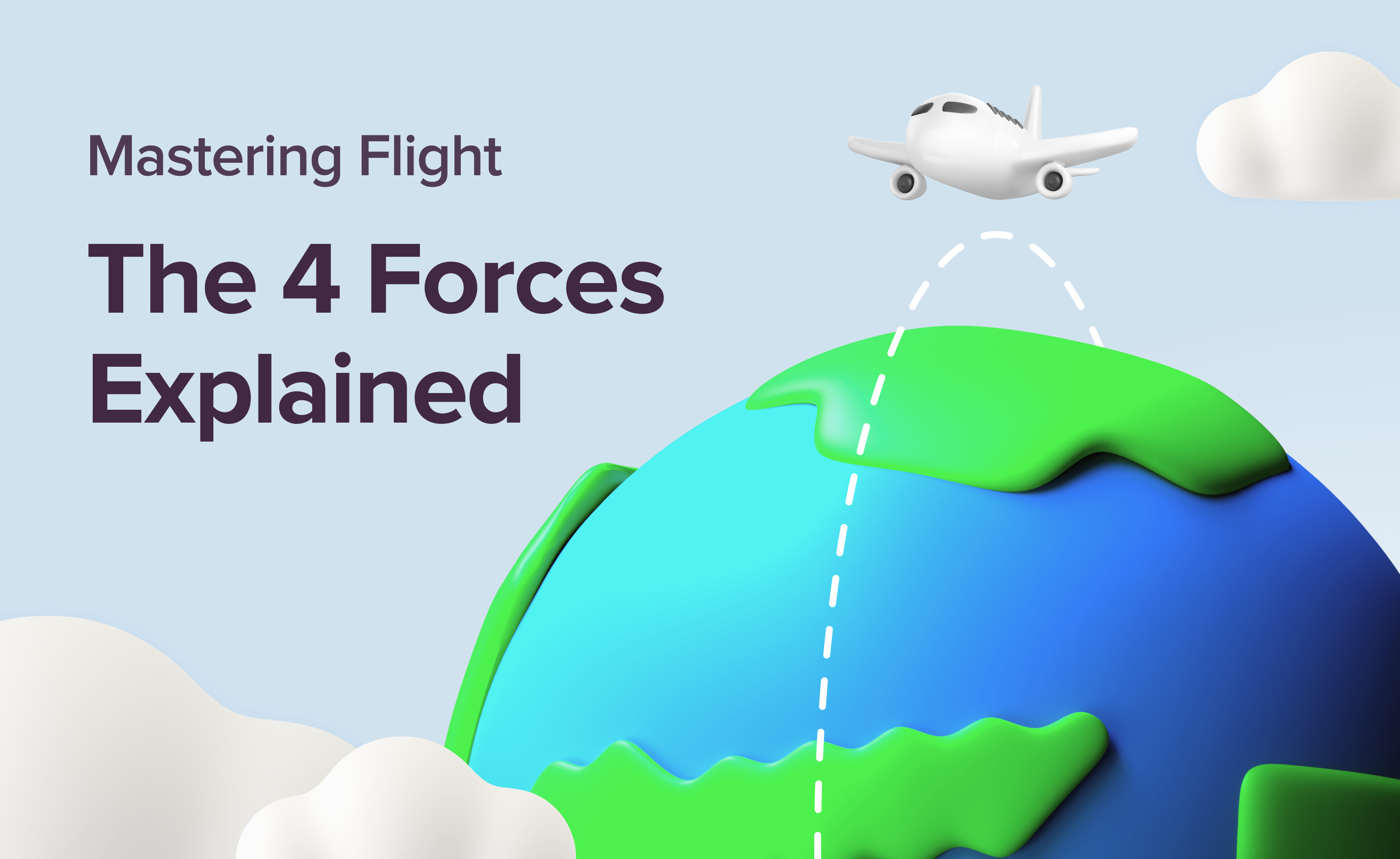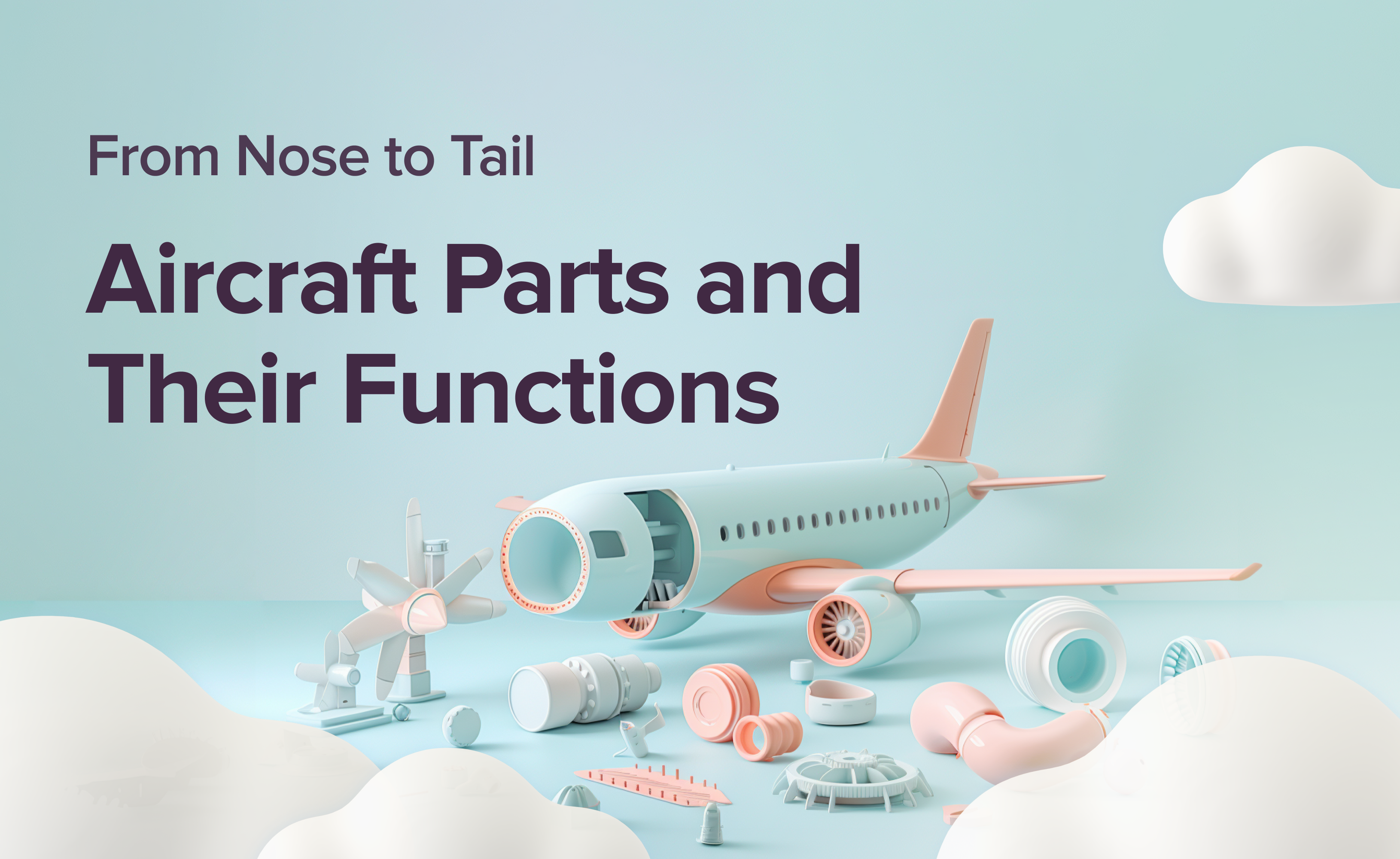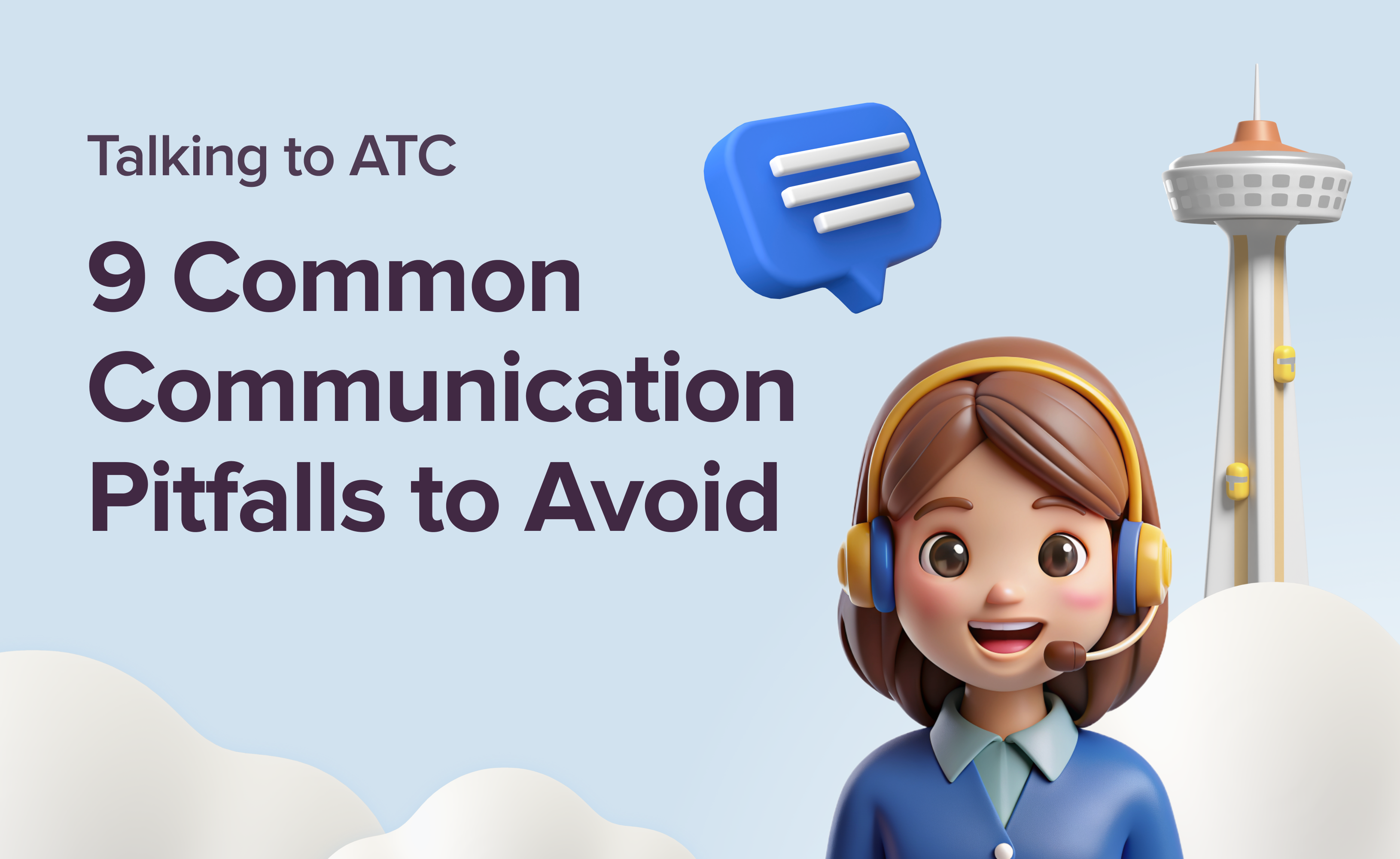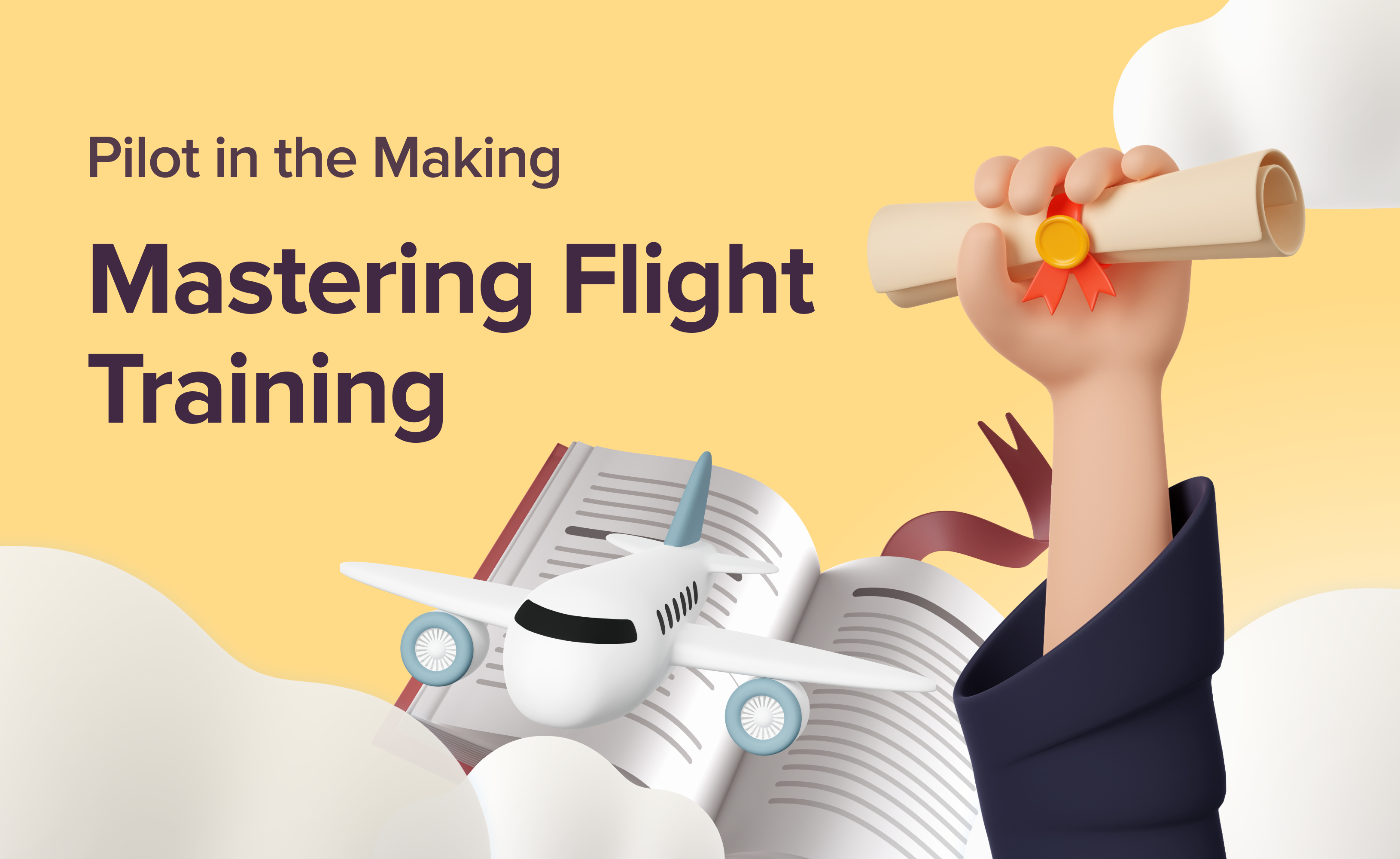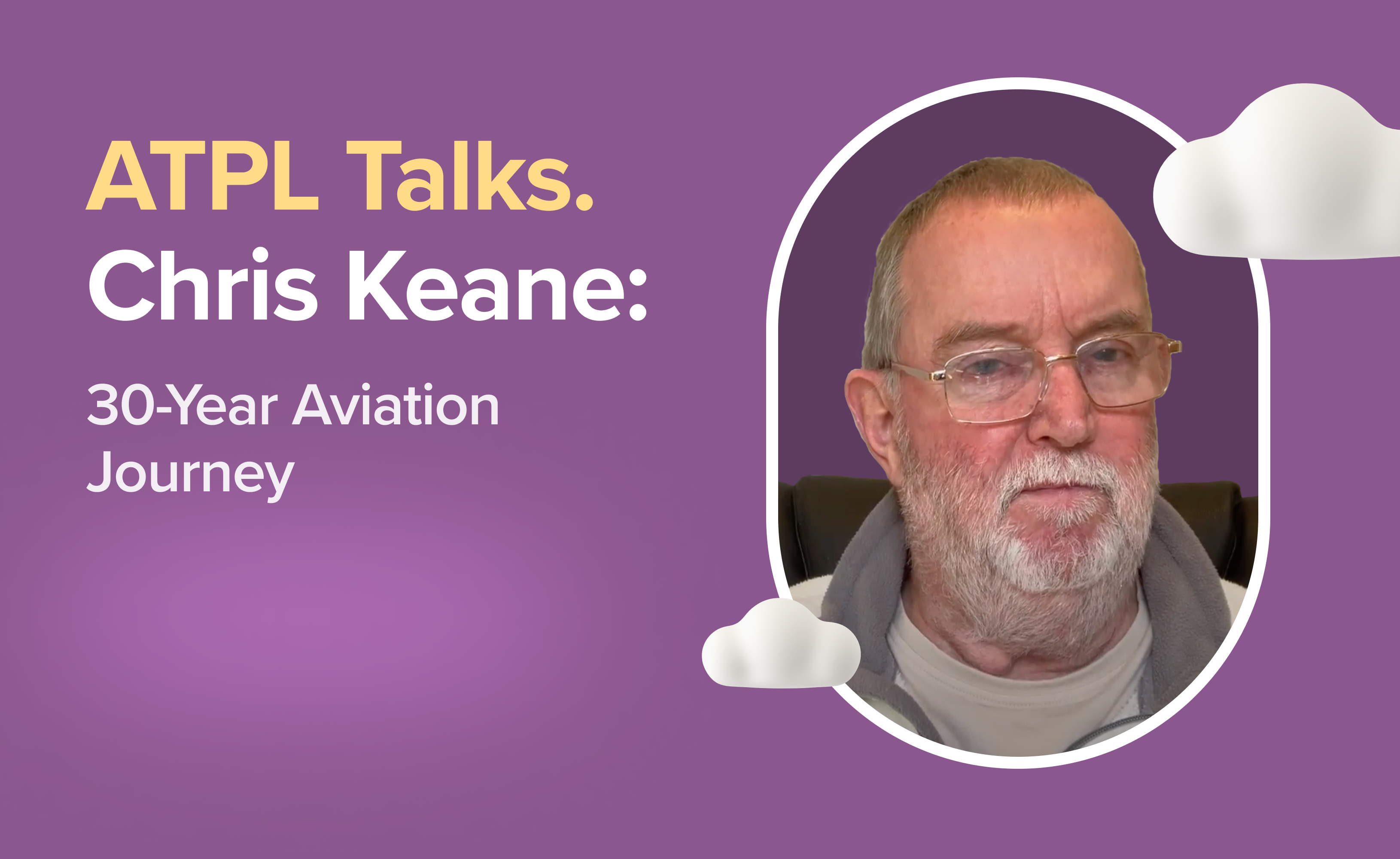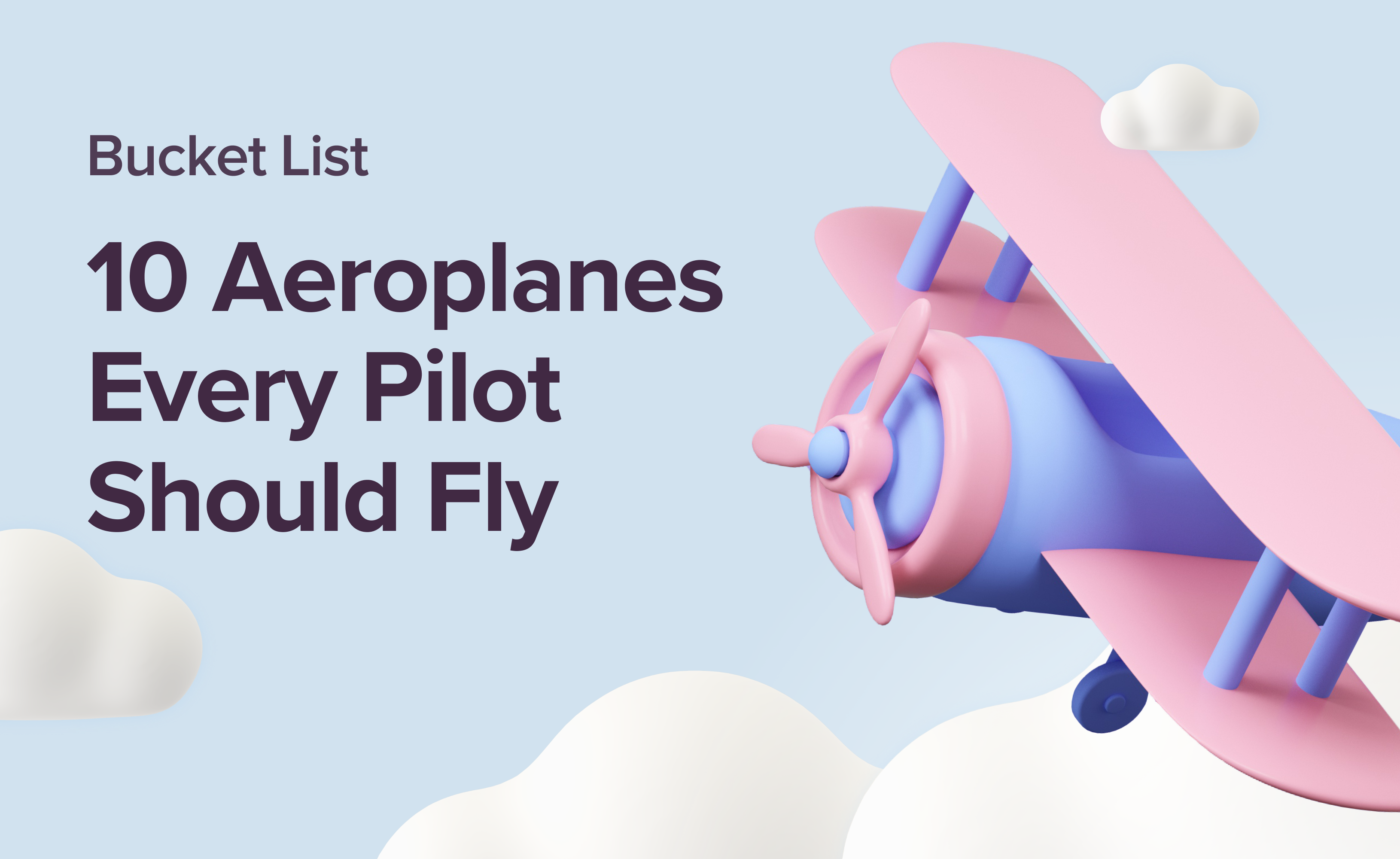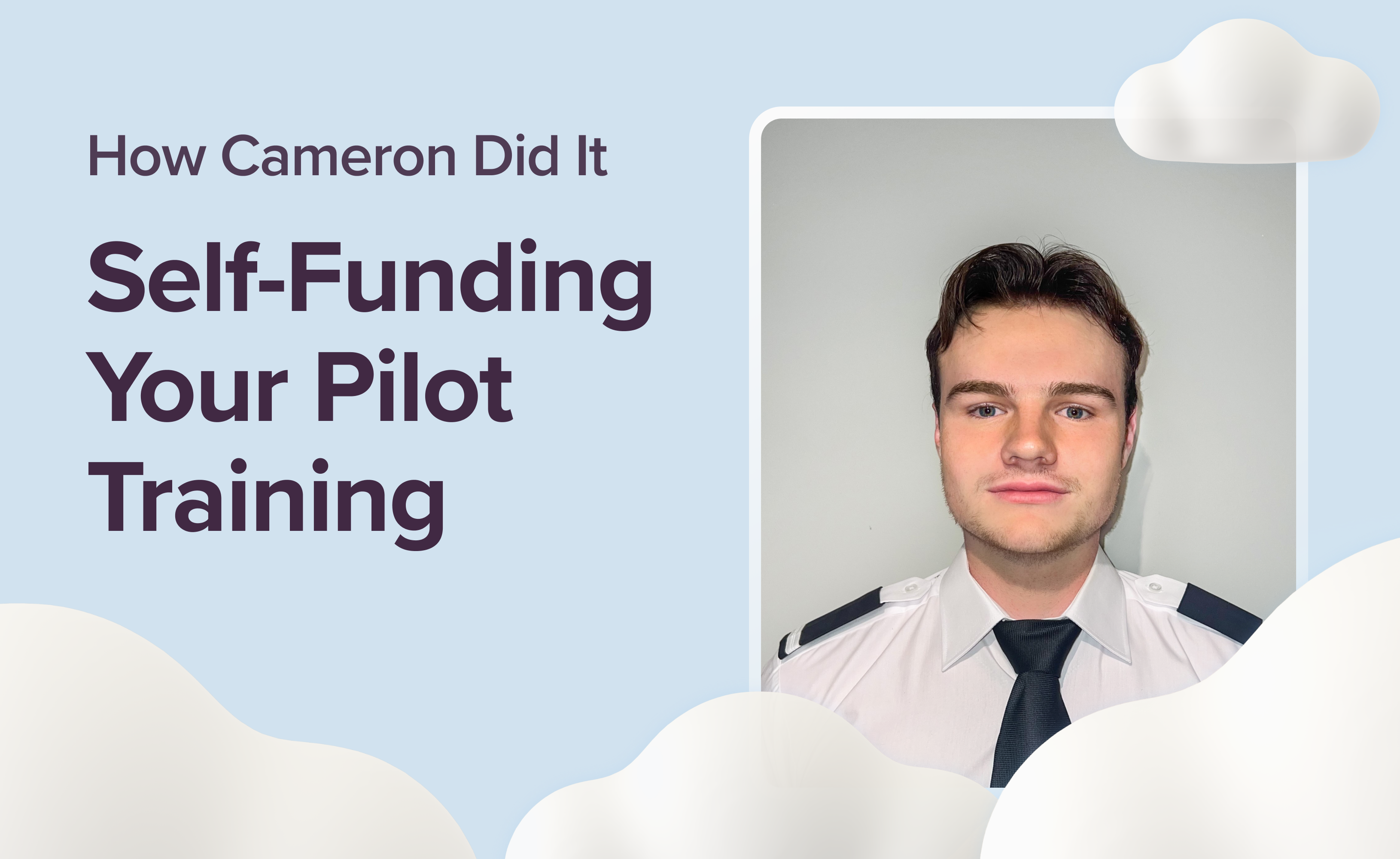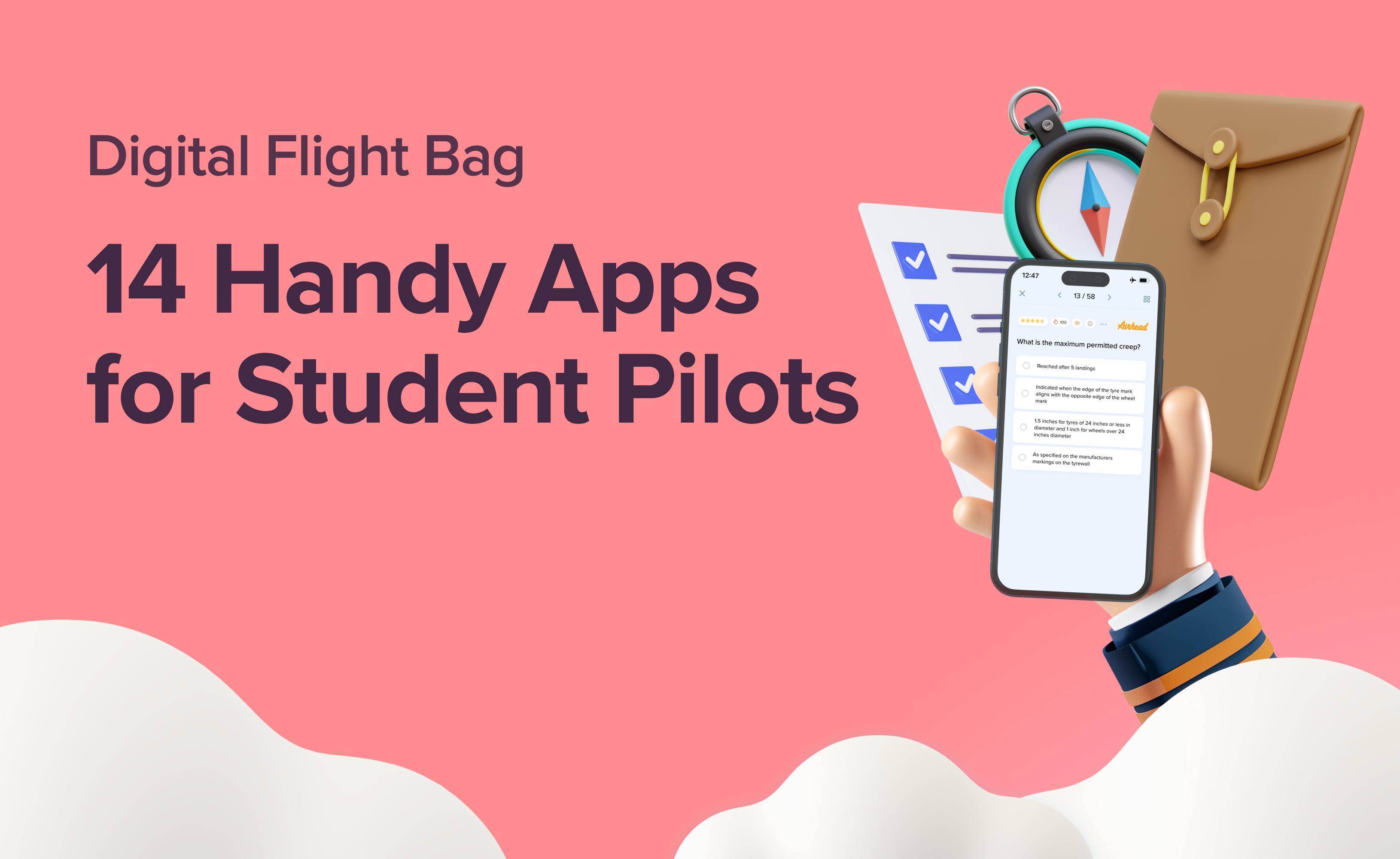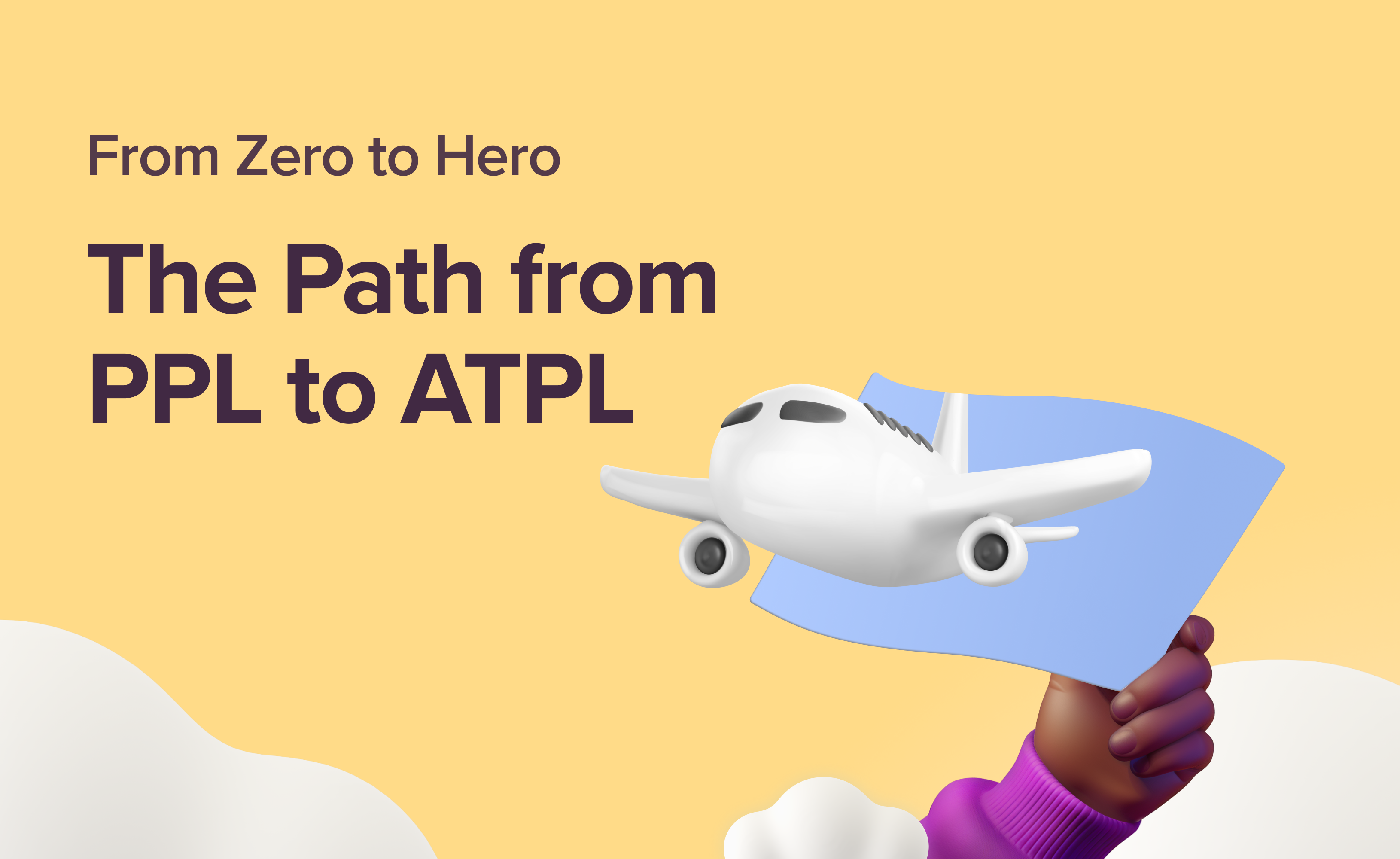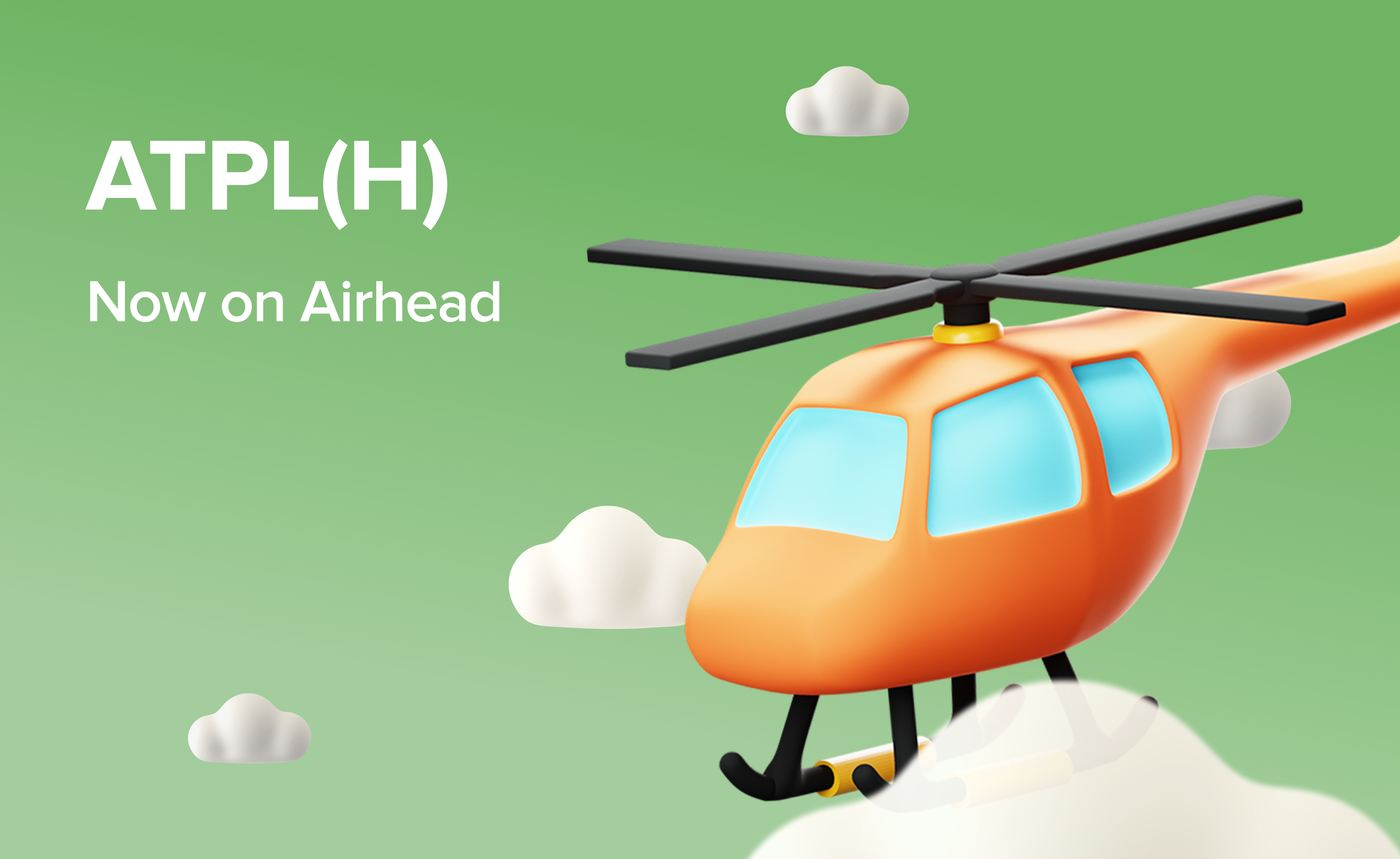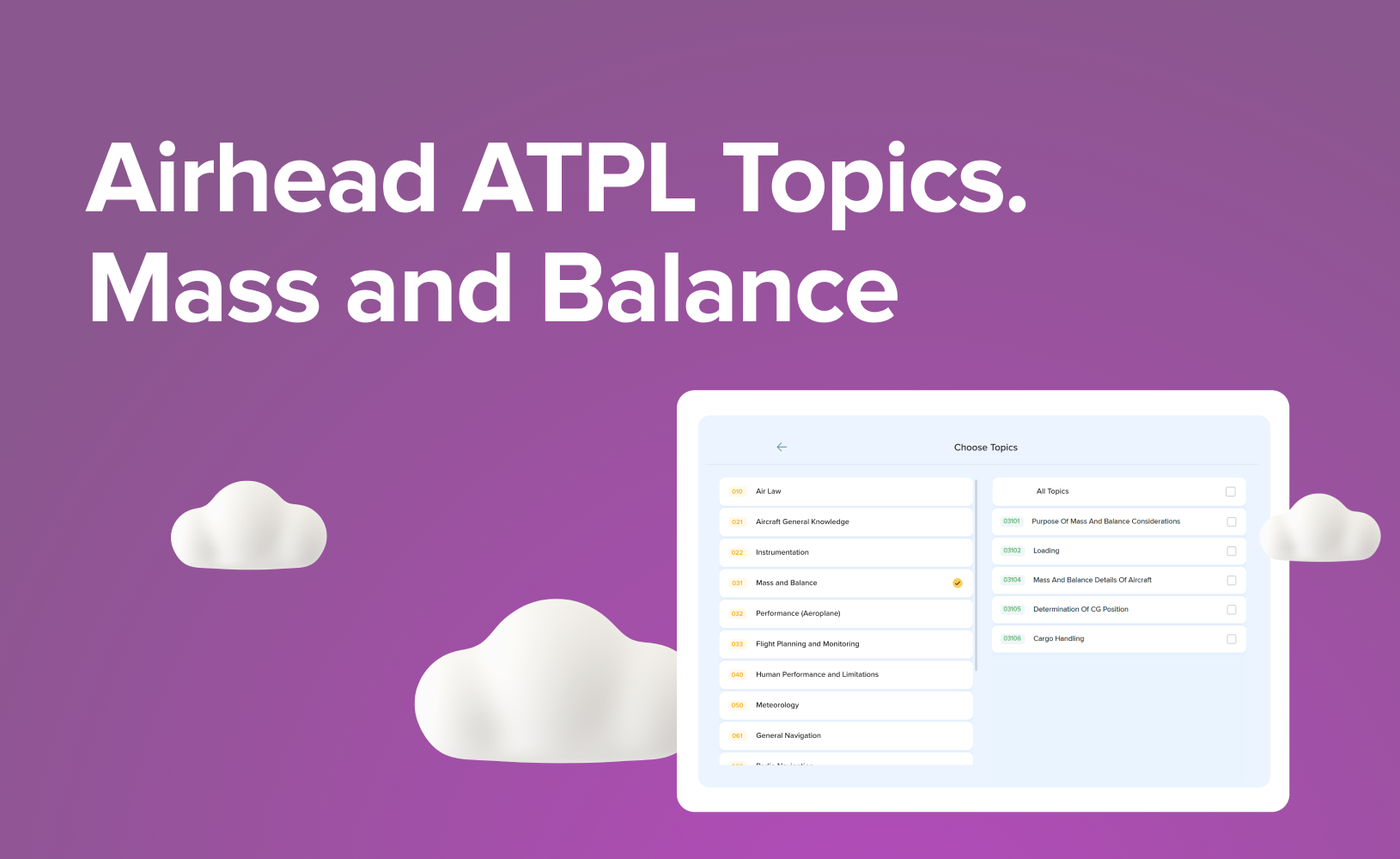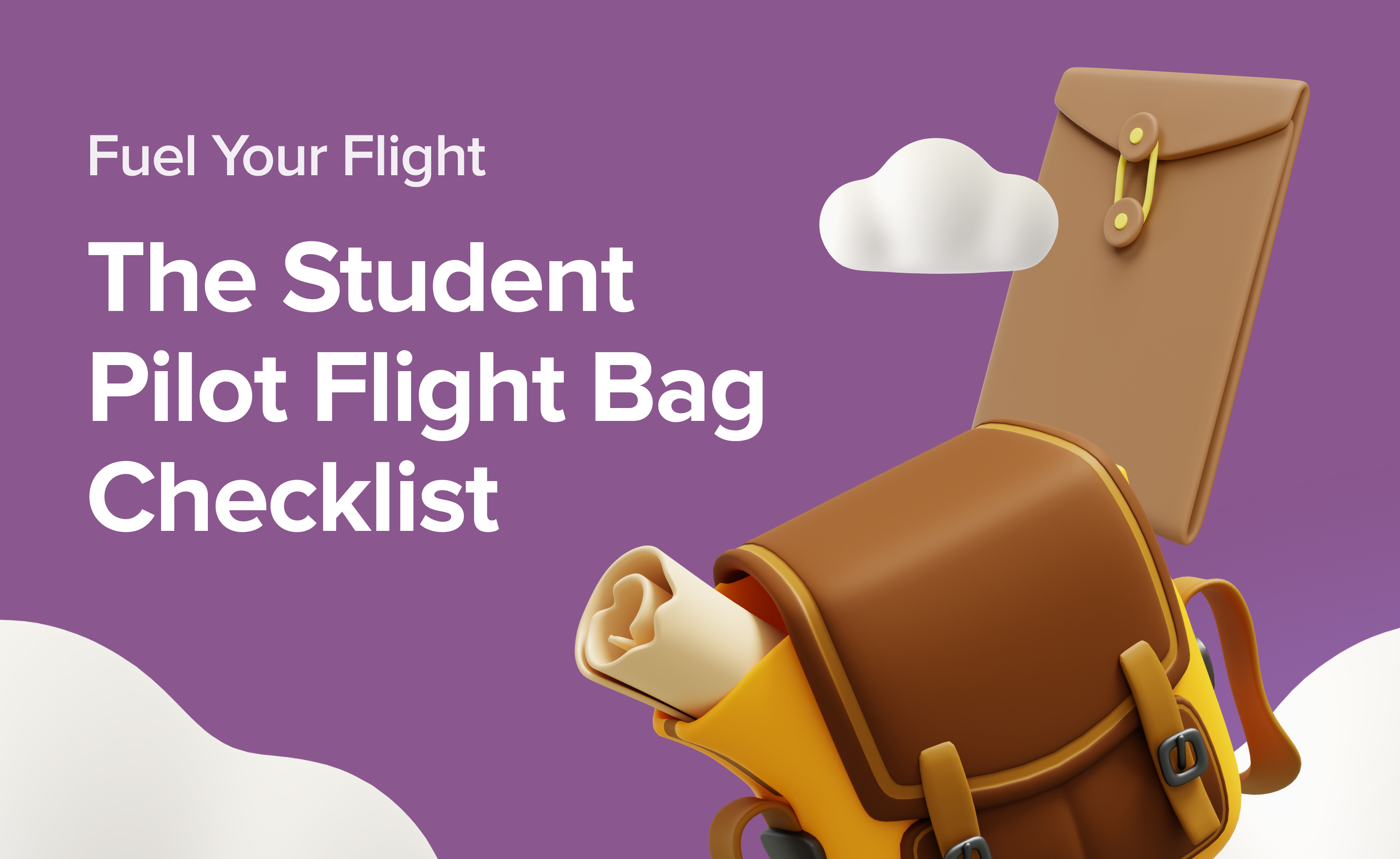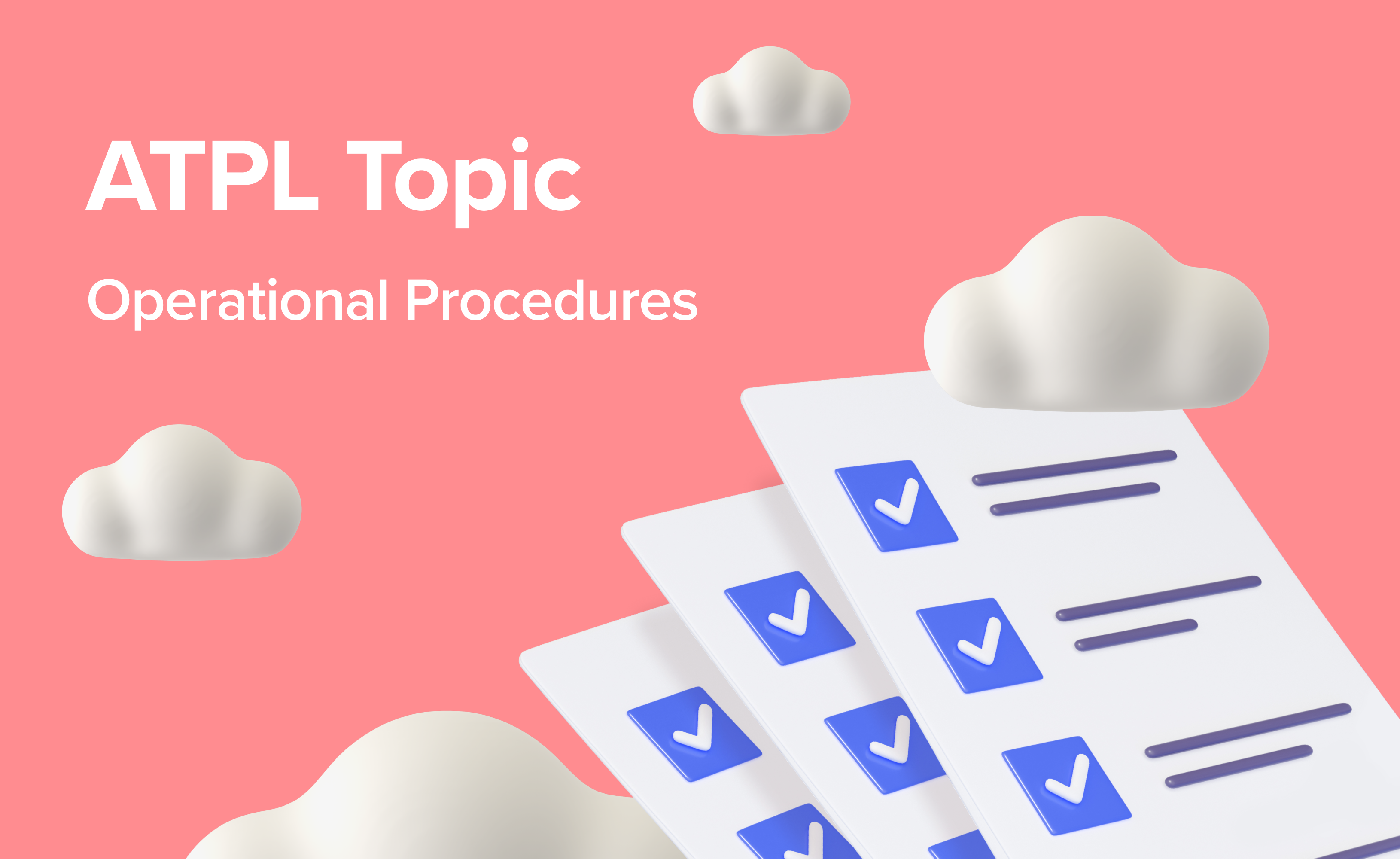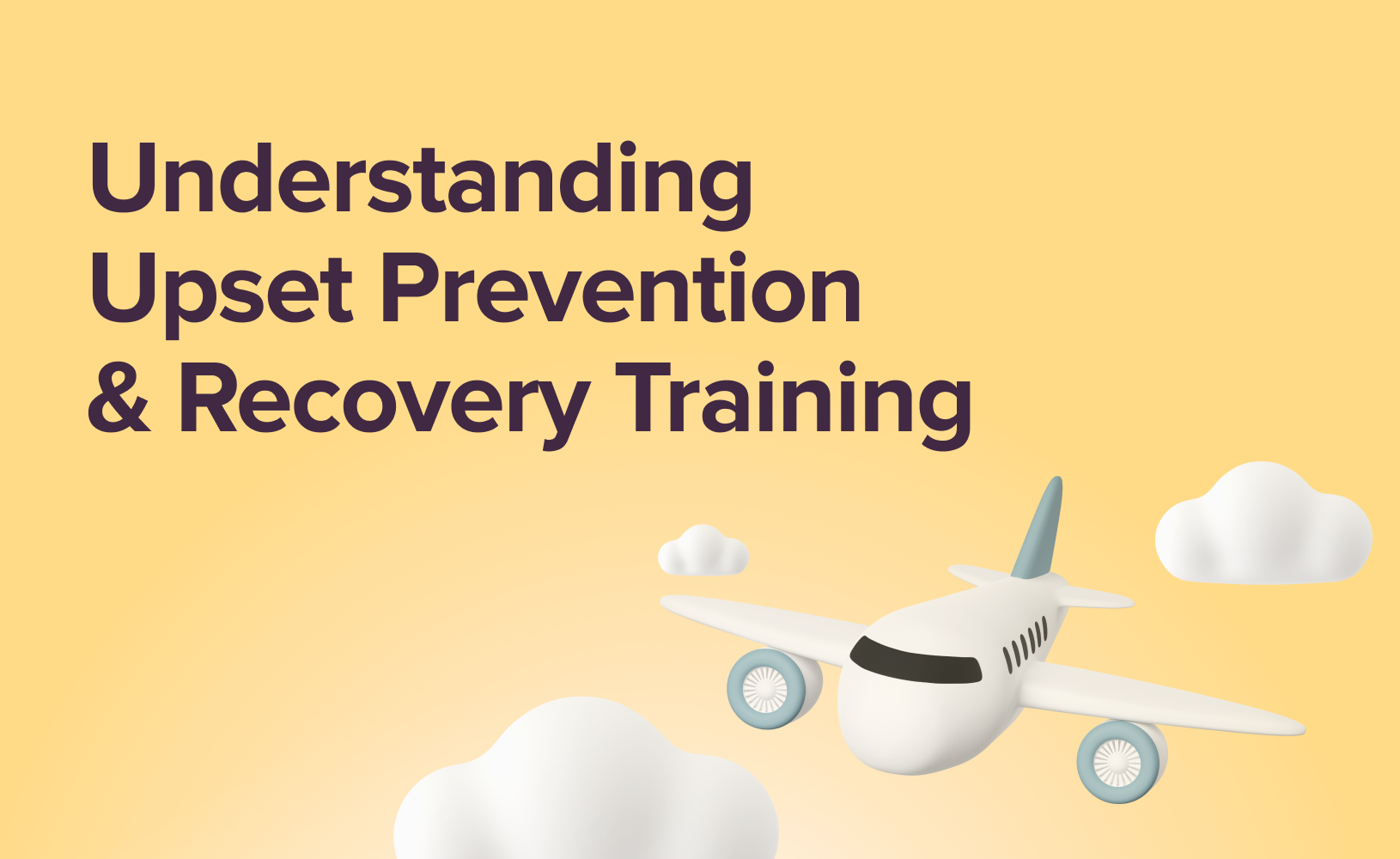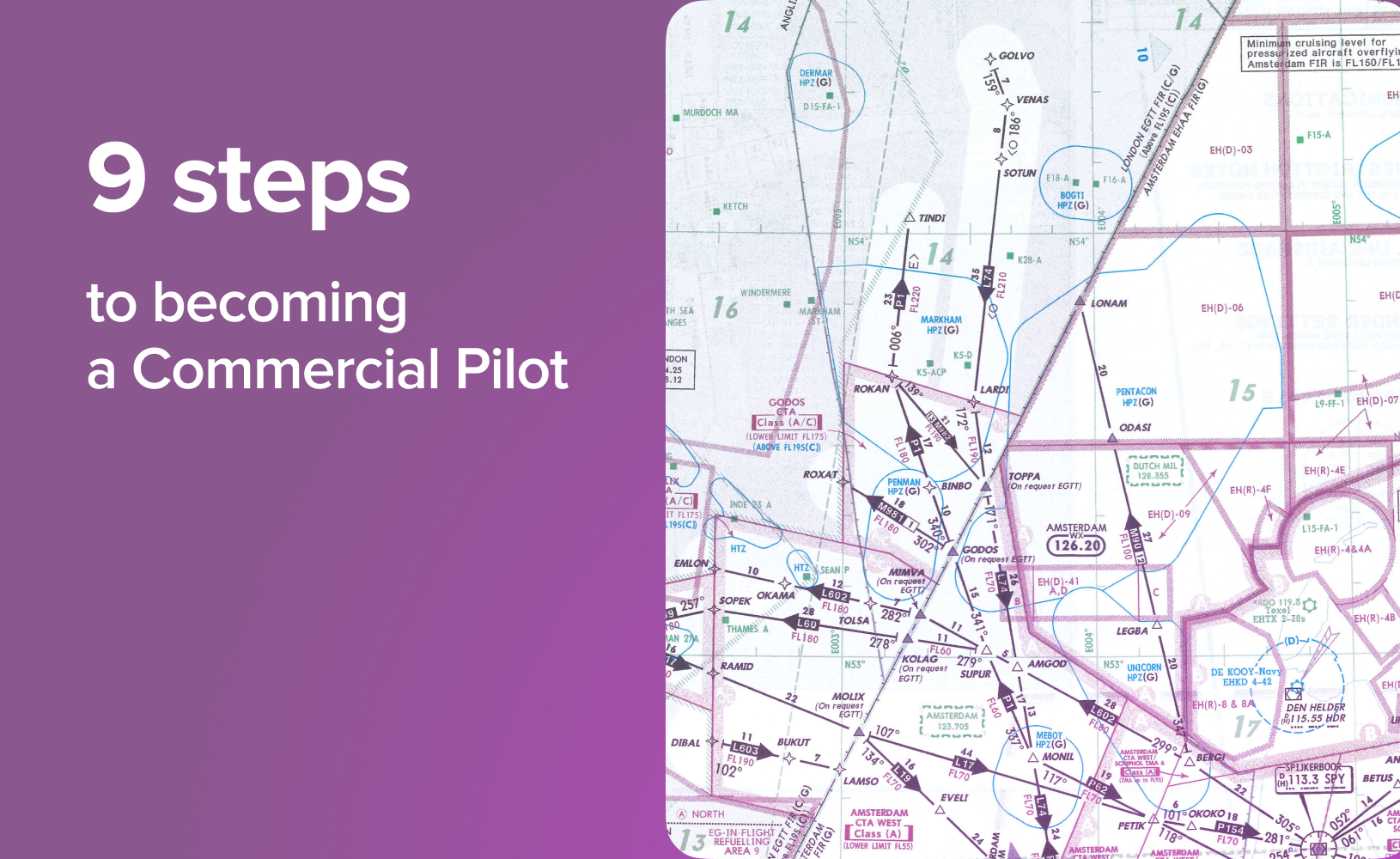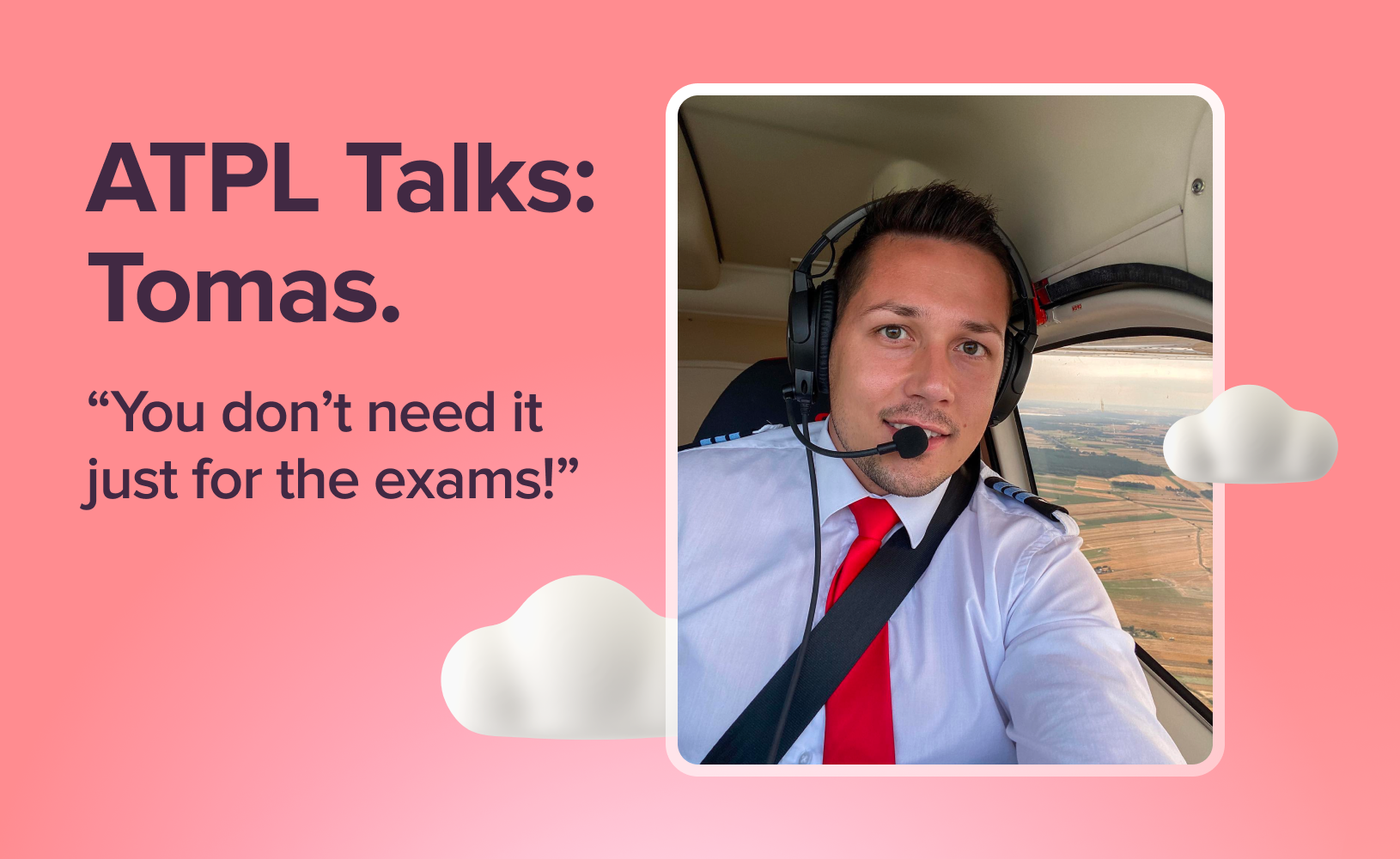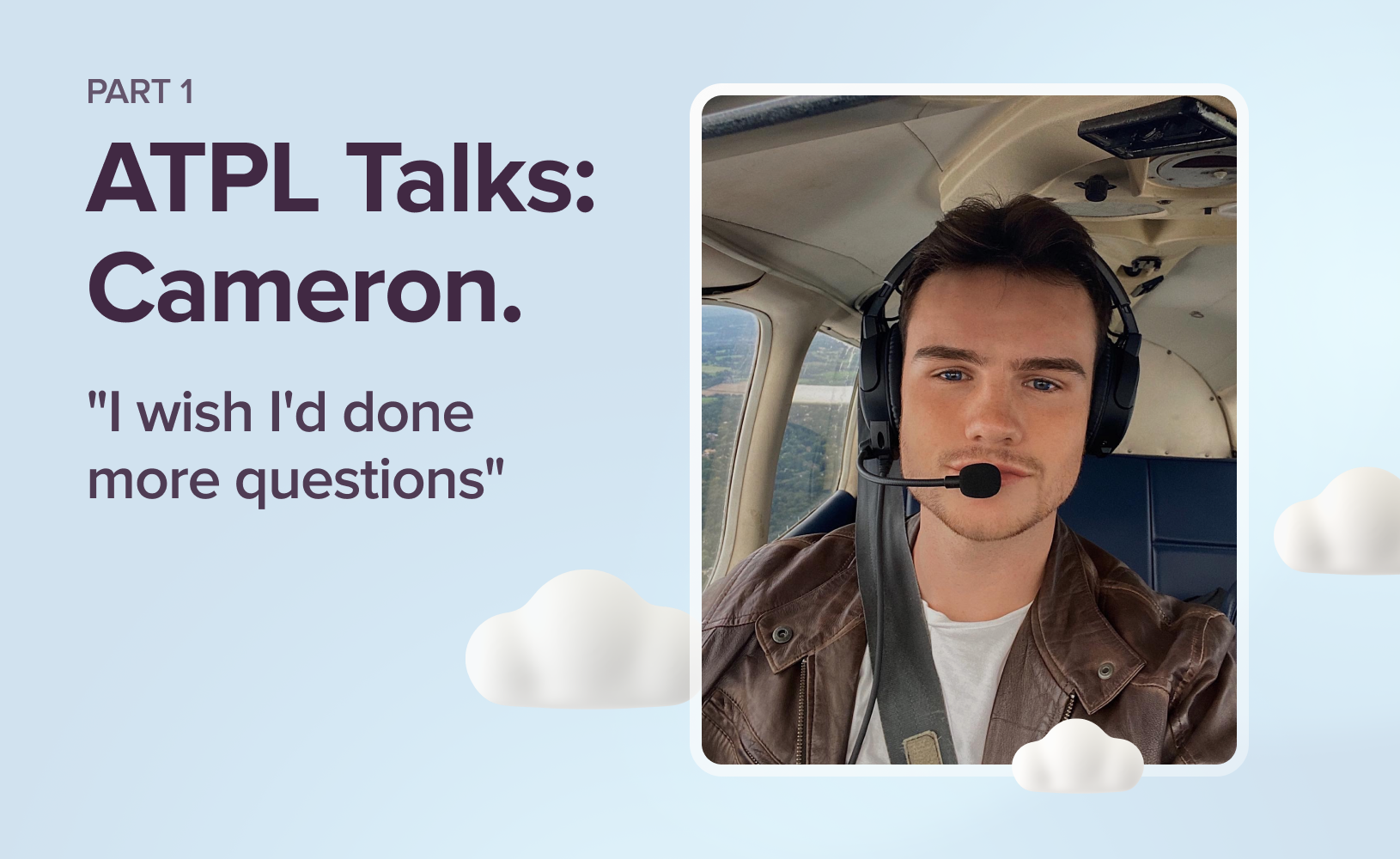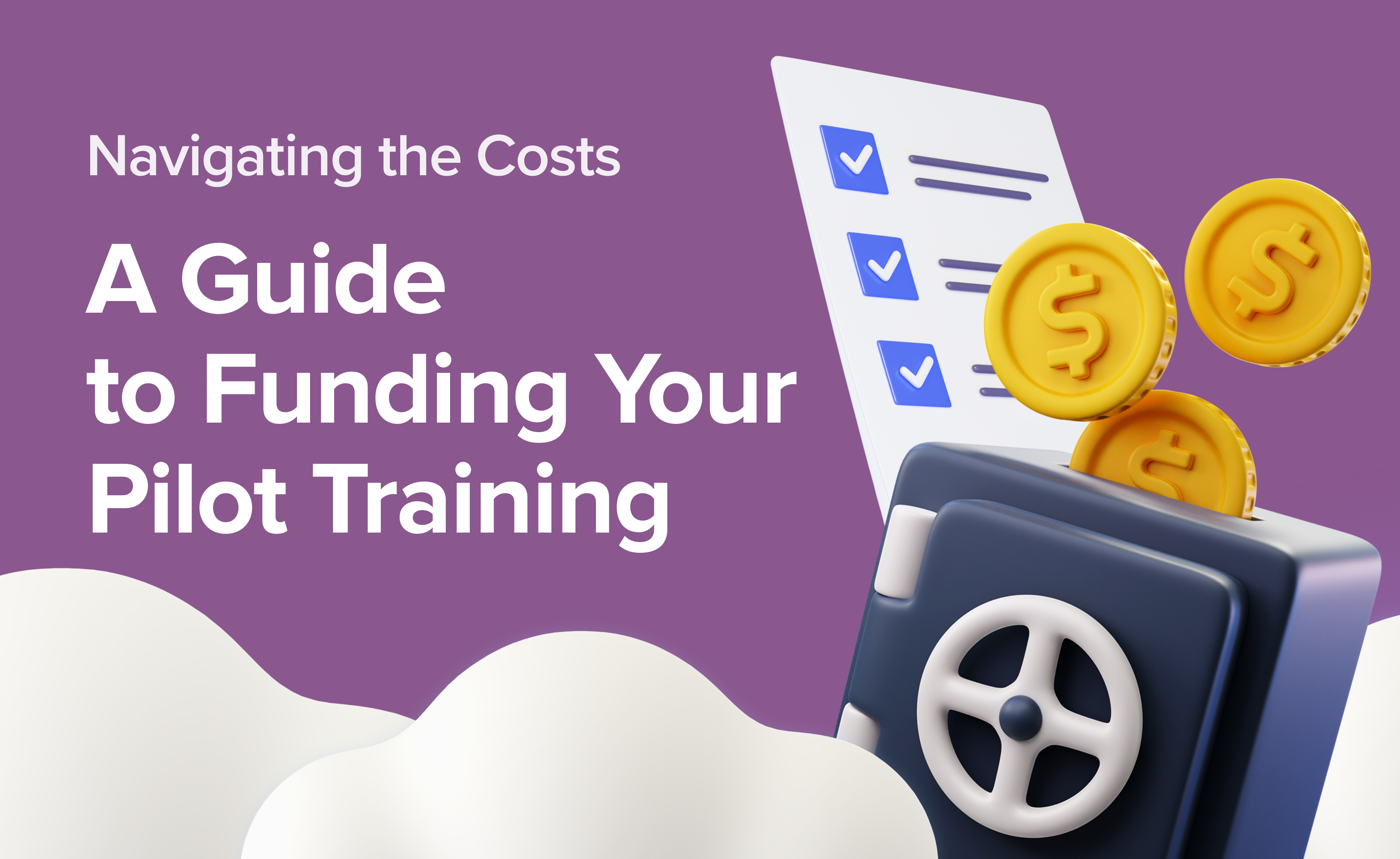From Passion to Profession: How Hobbyists Become Pilots

Every hobbyist has the potential to become a licensed pilot with the right steps, determination, and support. Whether you’re into flying model aircraft, spotting planes, piloting drones, or spending hours in flight simulators—you already know the thrill of flight. You might not realise how well these hobbies prepare you for the real cockpit. Many professional pilots started like you, with a passion for aviation that began as a hobby and developed into a career. From hand-eye coordination and spatial awareness to basic navigation and aircraft familiarity, your current skills provide a solid foundation for formal pilot training. This guide will show you how to leverage your enthusiasm and knowledge to smoothly transition from hobbyist to licensed pilot, turning your love of aviation into a structured path toward your dream career.
Take the first step towards your aviation career. Read our blog “How to Become a Pilot in the UK & Europe” to learn how to get started.
Aviation Hobbies That Build Skills for the Cockpit
If you're already hooked on aviation, you might be surprised how close you are to becoming a real pilot. Flying model planes, and drones, or even just spending time on spotting aircraft can give you a huge head start. These activities build real skills that help you thrive when it’s time for formal training. Let’s look at how each of these hobbies can bring you a step closer to the cockpit.
Model Aircraft Flying

Perfecting Coordination and Learning Aerodynamics
Flying model planes is an exhilarating hobby — and it’s packed with skills you’ll use as a pilot. Each time you fly, you’re working on hand-eye coordination, spatial awareness, and reaction time. As you adjust the throttle or guide the model through a tight turn, think about it: you build the same reflexes and motor skills needed to control a full-sized aircraft.
Plus, you’re gaining a practical feel for aerodynamics. If you’ve had to adjust for wind or fine-tune the balance of your model plane, you already understand concepts like lift, drag, and control surfaces. These are the fundamentals of flight, and having hands-on experience with them gives you a head start.
Model aircraft flying is a well-loved hobby across the UK and Europe, with a thriving community and long-standing traditions. The UK alone has over 800 model flying clubs affiliated with the British Model Flying Association (BMFA), established in 1922 to promote and support model aviation. Model aircraft flying is also recognised as a training ground for future pilots. Many European flight schools view it as a valuable stepping stone and consider model flying experience a great asset for prospective pilot students.
Thinking about flight school? Our 12-step guide helps you choose the right one.
Flight Simulators

Navigating Controls and Preparing for Real-World Scenarios
As a flight simulator enthusiast, you already know that these platforms aren’t just video games—they’re powerful training tools that professional pilots use to this day. Whether using Microsoft Flight Simulator, X-Plane, or even a more specialised setup, you’re practising real-world skills. Every time you work through pre-flight checks or monitor your instruments, you’re learning to interpret and manage a cockpit with the precision needed in actual flight.
Simulators also let you experience different weather conditions and navigation routes, and they’re great for emergency scenario practice. Think about how many times you’ve handled simulated engine failures, sudden turbulence, or rerouted flights. This practice in a “safe” setting means that when you’re in actual training, those skills, and reactions will feel familiar. You’re building mental muscle memory for real situations — exactly what every pilot requires.
Some UK-based aviation schools recommend using simulators for initial practice, as it builds mental muscle memory for handling real-life situations. In Europe, flight simulation is taken so seriously that several countries, including Germany and the Netherlands, host large-scale virtual aviation networks like VATSIM and IVAO, where enthusiasts participate in simulated flights with realistic air traffic control (ATC) guidance.
Start your search for the perfect flight school with our list of 18 EASA-approved flight schools in the UK and Europe.
Drone Piloting

Building Situational Awareness and Understanding Airspace
Droning is another great way to develop the skills required for future pilot training. Flying drones sharpens your situational awareness and decision-making skills, as you constantly manage altitude, speed, and the surrounding environment. This is critical for piloting larger aircraft, where awareness of your surroundings is key to safety.
Flying drones also means you’re learning about airspace boundaries and regulations. The precision needed to fly within these rules, especially in busy or restricted areas, mirrors the discipline required for piloting. Many hobbyists who’ve taken up drone piloting find that the experience makes it easier to grasp airspace concepts in flight school because they’ve already been practising in a more approachable way.
For example, in the UK, many drone pilots obtain certifications from the Civil Aviation Authority (CAA), learning skills that directly apply to future flight training. The European Union Aviation Safety Agency (EASA) has also introduced uniform drone regulations, reinforcing skills in airspace management and spatial awareness for hobbyists across Europe. Many students find that this experience makes it easier to grasp complex airspace concepts when they enter flight school, as they’ve already developed a foundational understanding in a more approachable, hands-on way.
Aircraft Spotting

Observing Aviation in Action
Aircraft spotting is more than just watching planes take off and land — it’s a close-up look at real-world aviation operations. Identifying an Airbus A320 from a Boeing 737 becomes second nature, and knowing the differences in airline routes gives you an awareness of global aviation that’s hard to get from a textbook. As a spotter, you’re not only admiring planes — you’re learning the subtle distinctions between various models, identifying airlines, and understanding operational procedures that will one day be relevant in your pilot training.
Check out our blog “Digital Flight Bag: 14 Handy Apps for Student Pilots” to discover essential apps that will enhance your learning experience.
Watching how planes taxi, line up for take-off and communicate with the tower helps you gain a sense of airport flow and ATC protocol. You will likely witness ground crews managing refuelling, baggage handling, and aircraft inspections. Seeing how these essential parts of airport operations come together to ensure safety and efficiency gives you a real-world preview of the environment you’ll navigate as a pilot.
Discover the world's most breathtaking airports that combine stunning architecture with operational efficiency. Read our blog “Where Beauty Meets Efficiency: 11 Stunning Airports Pilots Love”.
Some spotters even become adept at tracking flight paths using apps like Flightradar24, learning the details of international routes and airport operations. Many of them listen to ATC radio frequencies, where they can follow live communication between pilots and controllers. This can make radio communication — often a daunting part of flight training — more approachable, as you’ll already be familiar with the pace, terminology, and structure of ATC interactions.
Want a behind-the-scenes look at the airline industry? Read our blog “Getting to Know the Airline Industry: 20 Insights from Flight Insiders” to gain exclusive insights from aviation professionals.
Leveraging Your Aviation Knowledge in Flight School
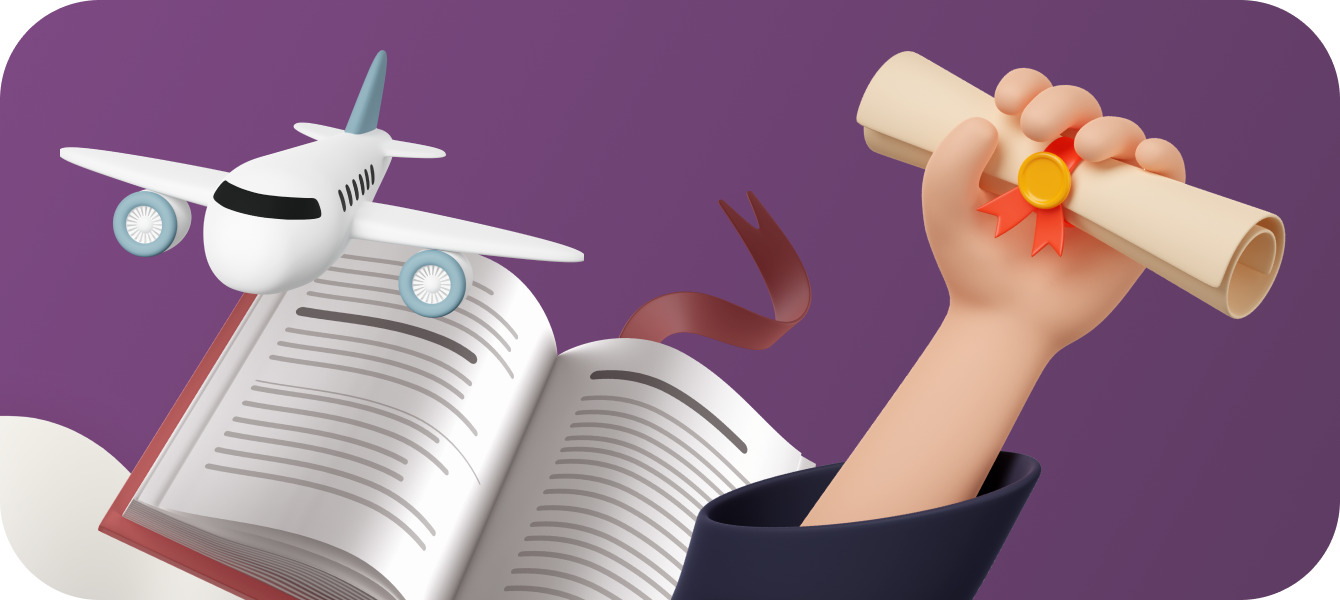
As an aviation hobbyist, you’re already ahead of the curve compared to most fresh student pilots. Your familiarity with aircraft terminology, radio communication basics, and real-world flight operations provides a foundation that makes your transition into formal training much easier. While many new students grapple with these concepts, you’ll find yourself one step ahead, able to focus on skill-building rather than starting from scratch.
Your background gives you an edge in those crucial early days of flight school. The technical language around aircraft controls and instrumentation, which can overwhelm newcomers, is already part of your vocabulary. You may already know the difference between ailerons and elevators, or how airspeed differs from ground speed — details that give you confidence when others may still be finding their footing.
Aircraft Terminology
Whether you’re into flight simulators, model planes, or drone piloting, chances are you’ve picked up a fair amount of aviation vocabulary along the way. Terms like ailerons, rudder, altitude, and airspeed are second nature to you. Understanding the purpose and function of these controls is a huge advantage in flight school, where knowing the ins and outs of aircraft operation is key.
Many new students can feel overwhelmed by the sheer volume of technical language they encounter; with your background, however, you can dive straight into the lessons without feeling bogged down by unfamiliar terms.
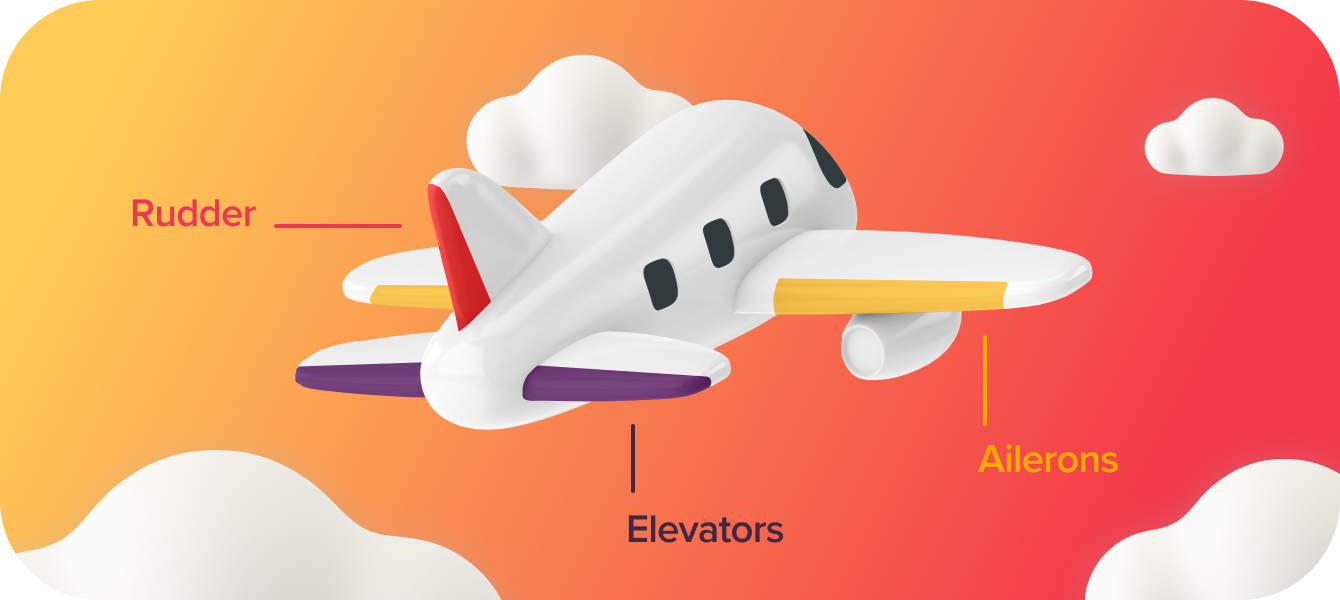
Discover the secrets of “pilot speak” and how it keeps our skies safe and clear. Join us on a linguistic journey from Alpha to Zulu to decode the aviation language.
Basic Flight Operations
Having already spent time around aircraft, you also understand the basics of flight operations and airport logistics. Concepts like pre-flight checks, taxiing procedures, and weather considerations will feel less intimidating because you’ve first-hand observed or practised these operations.
Hobbyists often understand fundamental principles, like how to read an instrument panel, make adjustments based on weather conditions, or follow basic navigation routes. Having this familiarity with flight dynamics gives you confidence in the cockpit and allows you to focus more on honing your piloting skills.
ATC Communication
For many aspiring pilots, radio communication is one of the most intimidating aspects of training. But if you’ve spent time on flight simulators or operated drones in regulated airspace, you’ve likely encountered radio communication procedures before. Knowing how to follow basic ATC (Air Traffic Control) instructions, use phonetic alphabets, and understand call signs can help you feel more comfortable speaking with air traffic control.
This guide provides practical advice to help you confidently handle your first ATC communications.

Airspace Basics
Similarly, knowledge of airspace classifications and navigation can make a big difference. If you’ve flown drones or studied airspace maps as a plane spotter, you may already understand airspace zones and know how to navigate restricted areas. This level of airspace awareness eases your transition into flight training, where respect for airspace rules is critical. You’ll find yourself feeling at home in these structured environments, knowing you’re following practices that make aviation safe for everyone.
Easing Into Pilot Training with Familiarity and Confidence
Starting pilot training can feel overwhelming, but your background in aviation hobbies makes it a less intimidating experience. You’ll find the early stages of training much smoother, as your experience allows you to focus on applying skills rather than learning everything from scratch. As someone already comfortable around aircraft, understands the basics of flight, and knows the culture of aviation, you’ll settle into the training environment faster and with more confidence.
Embracing this comfort and familiarity also allows you to get more out of each lesson. Instead of feeling like an outsider, you’ll experience the excitement of following your dream to fly from day one. With every new challenge, you’ll be building on skills you already have, moving you closer to achieving your ultimate goal.
Turning Your Passion into Reality
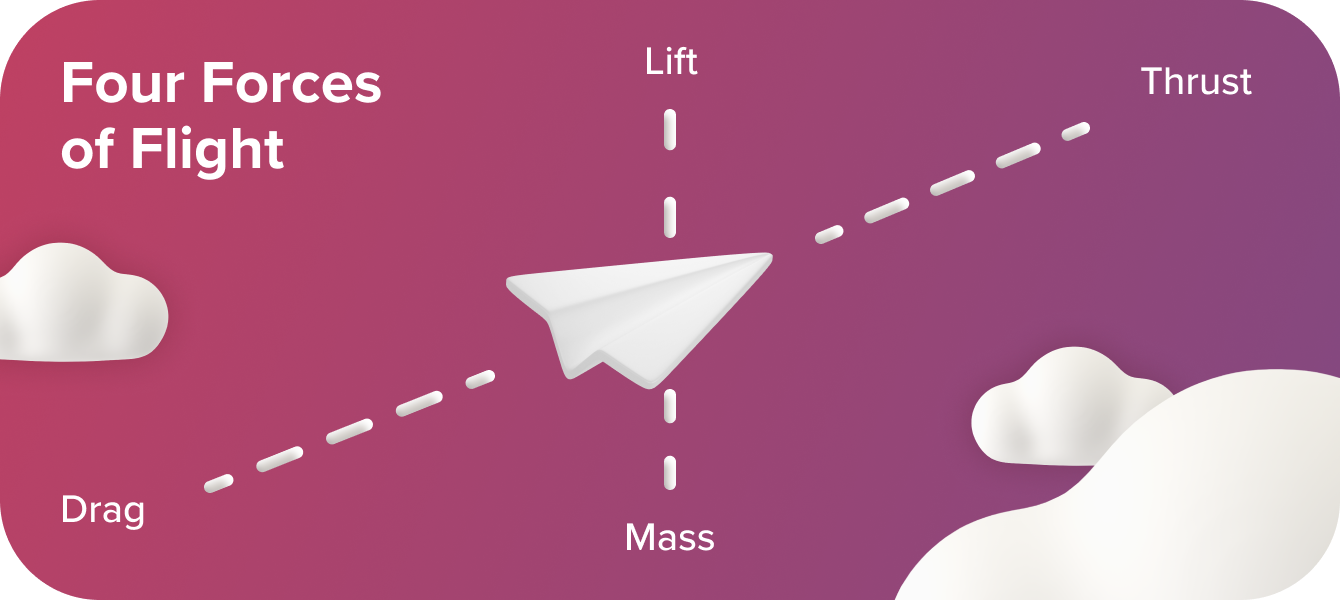
As an aviation hobbyist, you’re already on a unique and exciting path. Your passion, curiosity, and hands-on experience have given you a valuable head start. Now, why not take it to the next level? Many flight schools offer introductory courses, trial flights, and flexible training options that allow you to ease into formal training at your own pace.
Whether you’re dreaming of a Private Pilot Licence (PPL) for personal flying or setting your sights on a commercial pilot career, there’s a training path that can turn your passion for aviation into a reality.
Becoming a pilot isn’t just about reaching a destination; it’s an incredible journey in itself. Each step of the way will deepen your love for flight, and your background as a hobbyist has already prepared you in ways you may not even realise. So, if flying has always been your dream, don’t wait any longer. The aviation world is full of opportunities for people like you, and with every step forward, you’re turning your passion into a profession. Here’s how to make it happen:
Practical Steps to Transition from Hobbyist to Pilot

1. Set Clear Goals for Your Training
Decide on your ultimate goal as a pilot. Are you aiming for a Private Pilot Licence (PPL) to fly for recreation, or are you drawn to a career in commercial aviation? Setting clear goals will help you choose the right training path, saving you time and resources in the long run. Your passion for aviation will fuel you through the challenges, but knowing exactly where you want to go gives you purpose and direction.
2. Use Your Hobbies for Additional Practice
Keep up with your aviation hobbies — they’re powerful practice tools! Simulators, drone piloting, and even virtual ATC platforms give you real skills that complement formal training. The more you practice, the sharper your skills will be, and this additional experience will make flight school lessons feel familiar. Each hour spent flying a simulator, handling a drone, or tracking aircraft builds a foundation that will make you a better, more prepared pilot.
3. Network with Other Enthusiasts and Pilots
Connect with the aviation community — there’s so much you can learn from others! Local flying clubs, online forums, and aviation events are full of experienced pilots and other enthusiasts who can offer advice, resources, and mentorship. Learning from their journeys can help you navigate your own. Networking it’s about building a support system that will cheer you on as you work toward your dream.
4. Consider Introductory Lessons
Taking an introductory or trial lesson is a fantastic way to transition from hobby flying to real aircraft training. It gives you a taste of the cockpit experience, lets you practice fundamental skills, and allows you to see what formal training feels like. Trial lessons can also help you determine if a school is the right fit for you, giving you confidence in your choice and easing any nerves about committing to full training.
Many flight schools offer introductory courses, trial flights, or flexible training options that can help you explore formal training without a full commitment. Whether you’re considering a Private Pilot Licence (PPL) for personal flying or aiming for a commercial career, there are many paths forward that can fit into your life.
Ready to take your first flight? Read our blog “Trial Flight: Your First Step to The Dream” to learn more about the exciting experience of a trial flight.

Airhead's Takeaway
Your passion and curiosity have brought you this far, so why not take it to new heights? If flying has always been your dream, now is the time to turn that dream into reality. The aviation world is brimming with opportunities for dreamers like you, and the skills and knowledge you’ve built as an enthusiast will serve you well as you transition from hobbyist to licensed pilot.
With your unique background, you’re positioned to excel in flight school, moving from a love of aviation to a structured path that leads straight to the cockpit. Your early experiences not only ease the learning curve but also empower you to dig deeper, explore further, and achieve more as you pursue your passion.
So take that next step—book a trial lesson, connect with other pilots, or sign up for an introductory course. Embrace the journey, knowing that each moment brings you closer to the skies. The world of aviation is waiting, and it’s ready for someone with your enthusiasm and drive. The only thing left to do is take-off!

